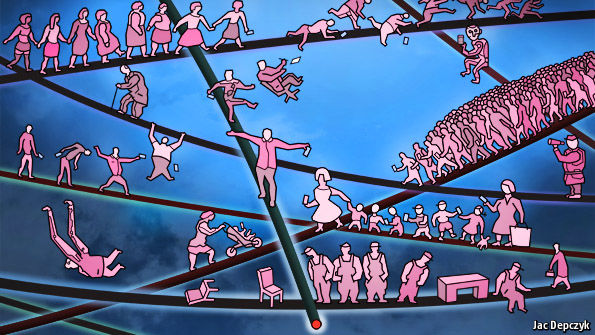It's the weekend, but I can almost bet that (1) out of (4) are working...

In the latest issue of fastcompany.com, how to actually have a home-work life balance is discussed. Author Stephanie Vozza discusses the Ernst & Young finding that states that 24% of U.S. workers find that their work is spilling over into their personal pursuits. In a more eye-opening statistic, 55% of those working didn't take advantage of the company sponsored paid time off, even missing vacation time to the tune of 658 million days.
How can individuals use find the "happy medium"between work and home? These suggestions may allow many of us to cut bait when it comes to working.
*Practice Happiness- According to many leading scientists, balance comes from making a conscious effort to find happiness at home, thereby translating that same happiness at work. In an interview with Tim Bono, a lecturer at Washington University, individuals must take the time to get away from what's most important, which could be the things that are going well for you in both home and work lives. A beneficial amount of time should be spent finding the happy moments that make both home and work engaging.
*Schedule Micro-Recovery Moments-whether it comes from taking a walk during lunch or breaks, taking the day off to do something you love or finding time to meditate over a cup of coffee, little breaks in the action allow us all to regroup and focus on the tasks at hand. In many instances, these small respites give us time, which is the most valuable asset we have.
*Lead From Your Core Strengths-appropriate energy should be given to what your core strengths are when it comes to work and home life. If you are an excellent organizer, then focus on organizing instead of shooting from the hip on various work tasks. If you are a free-spirit, your enthusiasm for being spontaneous can be applied to the working environment. Many times we must come to the conclusion that who we are has to be inserted in both our home and work lives.
*Create Tech Boundaries-Avoid burnout by placing devices in their proper perspective. Sometimes it may involve removing them from sight all together. In other instances, it may involve finding other uses for technology that don't involve work. A day at the beach may include using technology to play music instead of doing research for the job. Tech boundaries also require not being beholden to the office, with clear parameters set so that there are no grey areas.
*Go To Sleep-Cognitive dysfunction comes from lack of appropriate biological needs being taken care of. In studies by the researchers at the Finnish Institute of Occupational Health in Helsinki, published in the journal "Sleep", proper health involves at least seven to eight hours of sleep. Even an afternoon power nap can yield remarkable results.
Above all else, we have to come to terms with the fact that home and work live will coincide, but with a proactive approach, each can be placed in proper perspective. There is nothing worse than burnout because of a lack of proper balance.
TPP is getting off work now as you read....ENJOY!
No comments:
Post a Comment